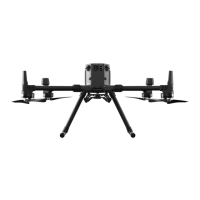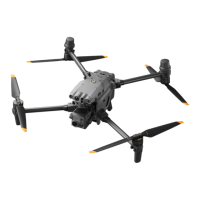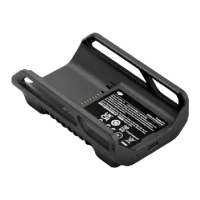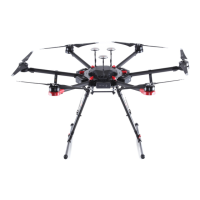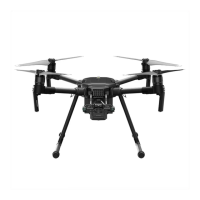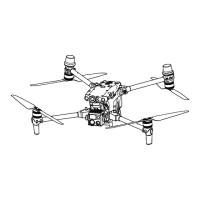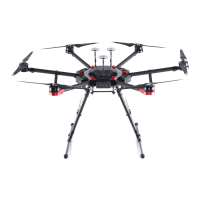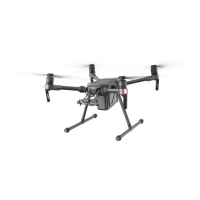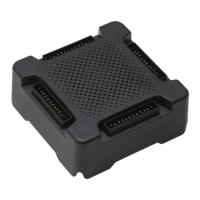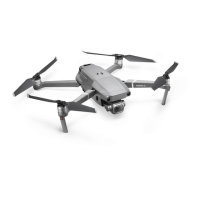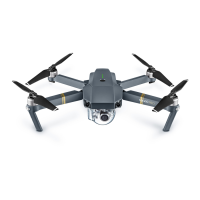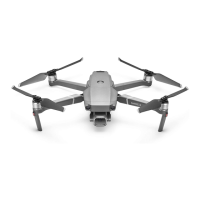MATRICE 350 RTK
User Manual
©
2023 DJI All Rights Reserved.
61
N-mode (Normal)
The aircraft utilizes the GNSS and the vision system that allows for obstacle sensing in six
directions to automatically stabilize itself. When the GNSS signal is strong, the aircraft uses the
GNSS to locate and stabilize itself. When the GNSS signal is weak but the lighting and other
environment conditions are sucient, the aircraft uses the vision systems to locate and stabilize
itself. When obstacle sensing is enabled and the lighting and other environment conditions
are sucient, the maximum tilt angle of the aircraft will be 25°. When the GNSS signal is weak
and the lighting and other environment conditions are insucient, the aircraft cannot hover
precisely and can only maintain its altitude using the barometer.
S-mode (Sport)
The aircraft utilizes the GNSS and downward vision system to hover precisely. By adjusting the
gain and expo settings, the maximum ight speed of the aircraft can be increased to 23 m/s.
When in S-mode, obstacle sensing in the four horizontal directions will be disabled, and the
aircraft cannot detect or bypass obstacles in these directions. The upward and downward vision
systems work normally in S-mode.
F-mode (Function)
F-mode can be set to T-mode (Tripod mode) or A-mode (Attitude mode) in DJI Pilot 2. T-mode is
based on N-mode. The ight speed is limited to allow easier control of the aircraft. A-mode must
be used with caution. In A-mode, the vision systems and some intelligent features are disabled.
The aircraft cannot position itself or brake automatically in this mode and is easily aected by
its surroundings, which may result in horizontal shifting.
• Obstacle sensing is disabled in S-mode, which means the aircraft cannot sense and
brake to avoid obstacles automatically. Pay attention to the surrounding environment
and obstacles on the route when ying the aircraft in S-mode.
• Please note that when ying in S-mode, the ight speed of the aircraft will greatly increase
compared with that in N-mode (Normal). Accordingly, the braking distance will increase
signicantly. When ying in a windless environment, a minimum braking distance of 50 m
(164 ft) is required.
• DO NOT switch from N-mode to either S-mode or F-mode unless you are suciently
familiar with the aircraft behavior under each ight mode. You must turn on Multiple
Flight Modes in DJI Pilot 2 before switching from N-mode to other modes.
• When switching the GNSS to the BeiDou satellite positioning system in DJI Pilot 2,
the aircraft only uses a single positioning system and the satellite search capability
becomes poor. Fly with caution.
• Avoid flying in areas where GNSS signal is weak or in narrow and confined spaces.
Otherwise, the aircraft will be forced to enter Attitude mode, leading to potential ight
hazards. Land the aircraft in a safe place as soon as possible.
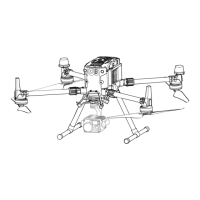
